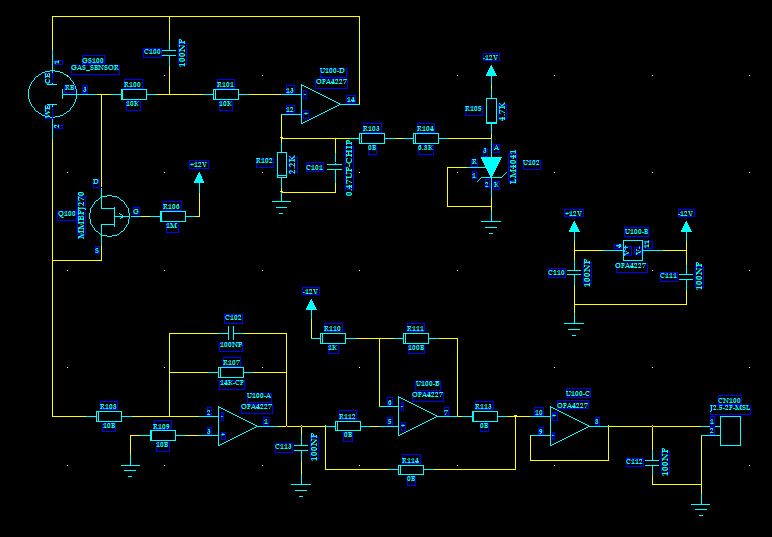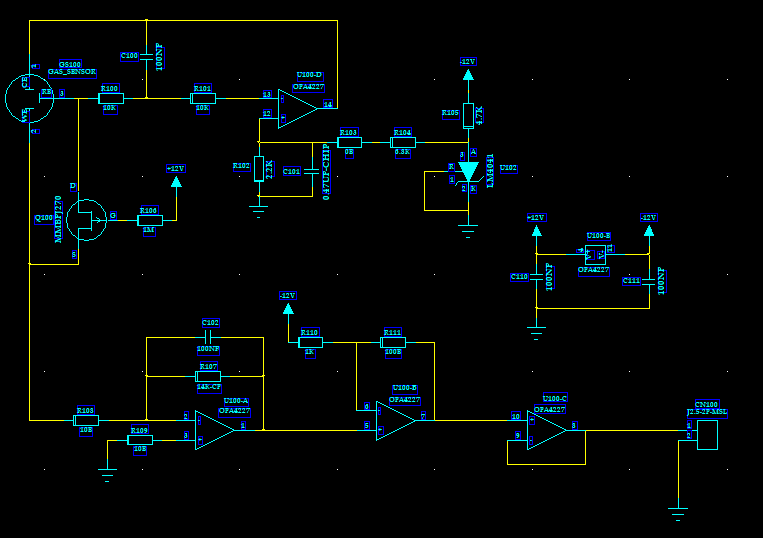Other Parts Discussed in Thread: OPA4227, LMC6464, LMC6064
HELLO,
I am using this op-amp for small application. its temp is high for simple inverting amplifier also. pls tell the solution for that or whats the reason behind this . for your reference Pls find attachment .





